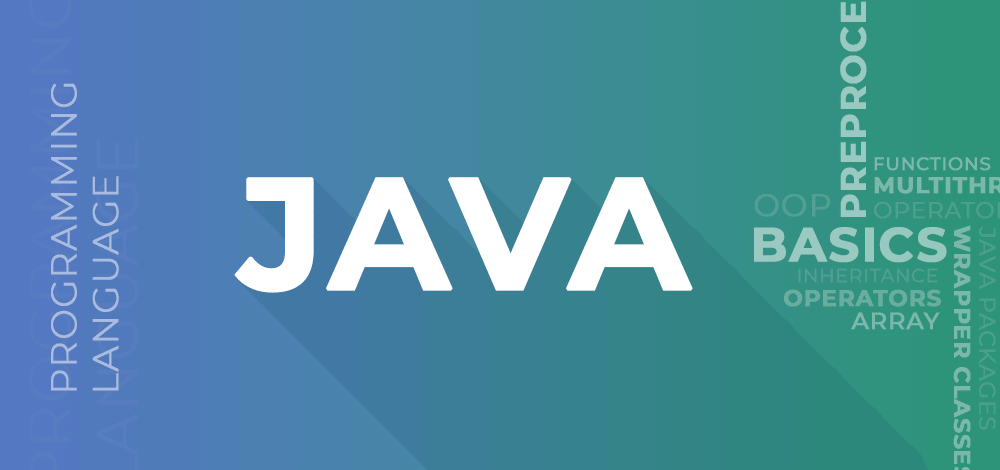If you’ve ever browsed eBay and thought, “What actually sells here?” — you’re not alone. For aspiring dropshippers, finding the right product to sell can feel like searching for a needle in a haystack. That’s where eBay sold items come into play.
Using real buyer data, eBay gives you access to sales history through its “sold listings.” When used strategically, this tool can help you pinpoint in-demand products, seasonal trends, and even pricing strategies—all of which are crucial for building a profitable dropshipping business.
Let’s dive into how you can turn this goldmine of data into smart dropshipping decisions.
Why eBay Sold Items Are a Game-Changer for Dropshippers
Before we get into the “how,” let’s talk about the “why.” Dropshipping success isn’t just about finding trending products—it’s about finding trending products that are actually selling.
That’s where sold listings give you an edge. They tell you:
- What people are buying right now
- How much they’re paying
- How often a particular product sells
- Who the competitors are
- What listing formats (auction vs. fixed price) convert better
This insight is 100% based on buyer behavior—not guesses, not trend predictions, but real transactions.
How to See Sold Items on eBay: Step-by-Step
If you’re new to this, here’s how to see sold items on eBay in a few simple steps:
- Go to eBay.com
- Enter a product keyword in the search bar (e.g., “wireless earbuds”)
- On the left-hand sidebar, scroll down and check “Sold Items”
- eBay will refresh the page to show listings that have actually sold
If you’re using the eBay mobile app, tap “Filter”, scroll down, and select “Sold Items”. Easy.
Pro Tip: Also check “Completed Listings” to see items that were listed but didn’t sell. This gives you context for what doesn’t work too.
Using Sold Listings for Product Research
Now that you know how to access the data, here’s how to extract actionable insights from it.
1. Spot Repeat Sales
Look for items that sold multiple times in a short window. If you see five identical Bluetooth speakers sold from the same seller in 24 hours, that’s a strong demand signal.
2. Narrow by Price Range
Compare the sold price to your potential supplier’s cost. You want to find a healthy margin—ideally 30% or more. Don’t forget to factor in eBay and PayPal fees (or eBay’s Managed Payments cut).
3. Check Item Condition
Are buyers snatching up new items or are used/refurbished products moving faster? Dropshipping usually relies on new inventory, so this matters.
4. Study Product Variations
Which color or model is selling more? For example, if red kitchen blenders are selling more than black ones, you now have a better direction for product selection and SEO keywords.
Finding Dropshipping Suppliers for eBay
Once you’ve found a potential product by using eBay sold items, it’s time to source it. Popular dropshipping-friendly suppliers include:
- AliExpress (great for product testing)
- CJ Dropshipping
- SaleHoo
- Spocket
- Wholesale2B
Look for suppliers with fast shipping, tracking support, and ideally, US-based warehouses for quicker delivery. You can even filter suppliers who offer eBay integrations.
Validating Niches with Sold Data
Sometimes the best ideas come from browsing categories, not just searching keywords. Try this:
- Go to eBay’s “Categories” section.
- Pick a niche like Home & Garden or Fitness & Health.
- Turn on the “Sold Items” filter and see what’s moving.
You’ll quickly find patterns—maybe collapsible water bottles are trending, or portable desk fans are getting scooped up during the summer. That’s market research made easy.
Advanced Tips to Make the Most of eBay Sold Listings
Sort by “Most Recent”
The default order is by relevance, but you can switch to “End Date: recent first” to see what’s selling right now, not just what sold two weeks ago.
Look for High-Volume Sellers
Click on sold listings and see which sellers are doing volume. Check their store to see what else they’re listing. That’s free competitor research.
Use Keywords from Sold Listings
The exact phrasing successful sellers use can guide your own listing titles and descriptions. Think of it as SEO from real-world conversions.
Can You Build a Business Off Sold Listings Alone?
Short answer: Yes, but you’ll need to pair it with:
- A reliable supplier
- A smart pricing strategy
- Customer service standards
- Consistent listing updates
Sold item data is your roadmap, but execution still matters. The good news? You can rinse and repeat this research method every week to stay on top of trends.
Conclusion: From Insight to Income
Most dropshipping beginners fail because they guess what to sell. You don’t have to. With tools like eBay’s sold listings, you can make data-backed decisions that increase your chances of making a sale.
Start small. Choose a niche. Look at what’s already selling. Then build a store around what the market already wants.
Remember: eBay is one of the largest online marketplaces in the world. Its sold data is like a window into buyer psychology. Use it wisely, and you won’t just sell—you’ll scale.


